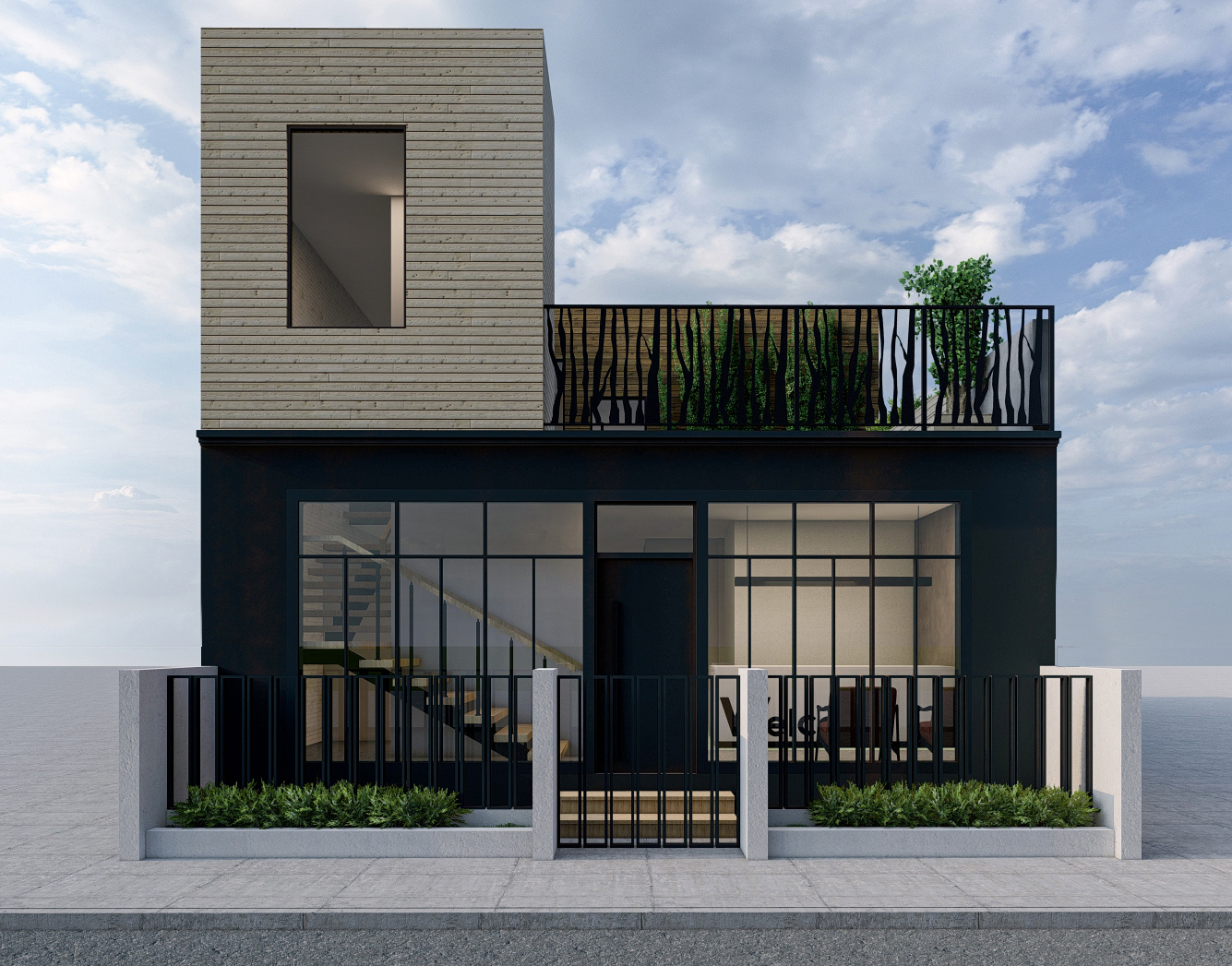
Slauson
LEED V4 BD+C - Gold (Ongoing)
Project Name: Slauson
Location: LA, United States
Completion Status: Under Construction
LEED Certification: LEED Gold (Targeted)
MW Enterprises proudly presents its first LEED project, a new commercial office building that not only exemplifies architectural excellence but also integrates the latest advancements in occupant comfort and wellbeing. This building is designed with cutting-edge sustainable practices, ensuring that it meets the highest environmental standards while creating a healthy and inspiring space for its occupants.
APAGBC’s Opportunity
We are honored to be given the opportunity to collaborate with MW Enterprises on this exciting and ambitious project. This represents a significant milestone for APAGBC as we work alongside the project team to help shape a building that exemplifies not only sustainability but also occupant healthy and well-being. The project offers incredible potential for us to drive its design towards a more sustainable, energy-efficient, and healthier outcome, aligning perfectly with our commitment to excellence in environmental stewardship. As the chosen provider of LEED consultancy services, we are proud to offer our expertise in guiding the project toward its goal of achieving the prestigious LEED v4 ‘Gold’ certification. While the project team faces notable challenges, particularly around water and energy efficiency, as well as the selection of sustainable materials, we are confident that through strategic planning and collaboration, we can successfully navigate these hurdles and elevate the design to meet, and even exceed, its sustainability targets.
Sustainable Solutions
At APAGBC, we are dedicated to delivering innovative, effective, and achievable sustainable solutions that align with the unique needs and aspirations of each project. Our team has worked closely alongside the design team and client to define clear and ambitious sustainability goals, ensuring they are both forward-thinking and practical. These goals are crafted to push the boundaries of what is possible, while remaining firmly rooted in what can be effectively implemented throughout the project lifecycle.
To ensure the successful integration of these goals, we have facilitated regular workshops focused on addressing the specific requirements of LEED certification. These sessions foster collaboration and knowledge sharing, enabling all stakeholders to remain aligned on the project’s sustainability objectives. Throughout the process, we have seamlessly incorporated sustainable practices into every aspect of the design, ensuring that the project not only meets but exceeds its environmental and health aspirations.
In addition to these workshops, we are dedicated to advancing our team’s capabilities. We have implemented training programs and upskilling opportunities that empower our consultants to develop cutting-edge tools, such as a material matrix tool. This tool allows us to track and assess every material used in the project, ensuring that it meets LEED credits and adheres to the highest standards of transparency and health impact. Our approach prioritizes the use of materials that are not only sustainable but also contribute to the overall well-being of building occupants, providing a holistic solution to sustainability that extends beyond just environmental performance.
Through this combination of strategic planning, innovative solutions, and continuous team development, APAGBC is committed to delivering a project that embodies the highest standards of sustainability, health, and environmental responsibility.
Key Sustainable Features
- Transportation Alternatives: Providing access to public transportation, bicycle storage to promote sustainable transportation options.
- Energy Efficient Lighting: Use of LED lighting systems and advanced controls, such as occupancy sensors and daylight, to reduce energy consumption.
- High-Performance Building Envelope: Insulation and window systems designed to minimize energy loss, enhance thermal comfort.
- Low-Flow Water Fixtures: Installation of water-saving fixtures, including low-flow faucets, toilets, and showerheads, to reduce potable water use.
- Sustainable Building Materials: Sourcing of locally and regionally produced materials to reduce transportation impacts, along with the use of recycled, rapidly renewable, and sustainably harvested materials.
- Healthy Materials: Use of low-VOC paints, adhesives, and materials, as well as advanced air filtration systems, to improve indoor air quality.
